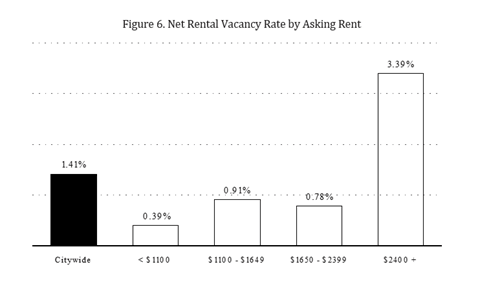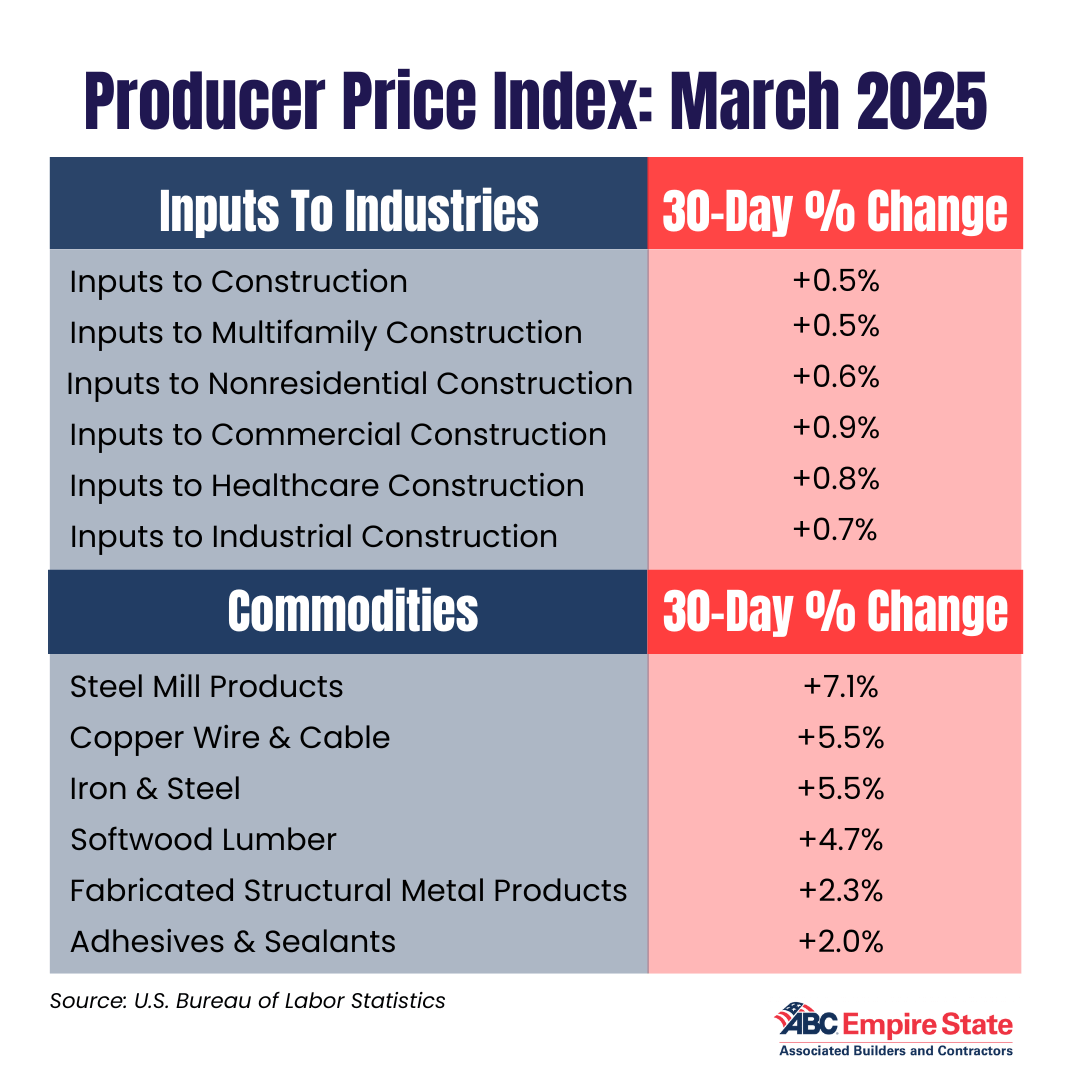ABC
Brian Sampson - Associated Builders and Contractors Empire State Chapter President
In 2021, in the still-closed halls of the Capitol, restricted due to ongoing COVID measures, the Building Trades successfully pushed the Legislature to pass a measure that had strong opposition. This measure mandated prevailing wages for private projects and established a Public Subsidy Board, with members appointed by the Governor and Legislature, to adjudicate contested projects. It’s what the trades had been pushing for years. As we read earlier this week, they now want to eliminate the very Public Subsidy Board they championed—because the board is doing exactly what it was tasked to do: determining if the standards apply to certain projects and responding accordingly. They are also calling for the expansion of prevailing wage mandates to more projects, including affordable housing development. Doing so would be disastrous for New York State and the families that desperately need homes.
It’s clear New York is facing a housing and affordability crisis. Last year, the New York City Department of Housing Preservation and Development (HPD) reported a historic vacancy rate of just 1.4%. Statewide, the vacancy rate hovers around 4% (New York City Department of Housing Preservation and Development [HPD], 2024). These statistics make one thing clear: building more housing is the only way out of this crisis.

Credit: NYCHVS
However, standing in the way of building more housing is prohibitively high construction costs in New York. Since 2022, construction material prices have surged by 20%, and a recent Turner & Townsend International Construction Market Survey confirmed that New York City’s construction costs are the highest in the world (Turner & Townsend, 2024). Tariffs on construction materials will only exacerbate this, as much of the state’s materials are imported from Canada. Introducing costly mandates and removing incentives at this critical juncture is a recipe for disaster.

Programs like 421-a and 485X were created because incentives are necessary to make projects financially viable. Mandating prevailing wages and increasing construction costs reduces the effectiveness of these incentives, causing projects to either be scaled down or abandoned altogether.
The failure to renew the 421-a abatement program is a clear example of how the loss of incentives affects housing development. Once the program was not renewed, the number of permits for affordable housing plummeted. Developers, because of the high costs, pulled back. When the program was reinstated, permits started to be filed again. A similar pattern is emerging with the 485X program, which was initially celebrated for its higher pay floors. However, the current cost of construction is too high, and even with the incentives, many businesses simply cannot afford to proceed—hence the lack of 485X projects in the pipeline.
While prevailing wage mandates were originally designed to ensure fair pay, they have been manipulated to inflate wages far above local market rates. Unlike the federal government and many other states, which base wages on average local earnings, New York calculates them using the highest union-negotiated rates, driving up construction costs by 13% to 25%, depending on the region (Prevailing Waste, 2017).
Los Angeles offers a cautionary tale. Proposition HHH allocated $1.2 billion in 2016 to build 10,000 affordable housing units. By 2021, only 7,300 units were in the pipeline, falling 27% short of the target. A RAND Corporation study concluded that prevailing wages and Project Labor Agreements (PLAs) were key factors driving up Proposition HHH projects' costs, making construction unaffordable (Ward, 2021).
The situation in New York is even more dire than in California, where Governor Hochul has repeatedly said New York needs to build 800,000 new housing units to meet the demand for homes. According to the Bureau of Labor Statistics data, New York ranks second-to-last in construction competitiveness, with a job growth rate of -2.1%. These are not market-driven issues—they result from decades of failed policies, such as the 2021 prevailing wage expansion to private work. ABC opposed that bill from the start, and the effects on construction have been disastrous.
Whatever the original intent of these policies, the reality is clear: when the cost of building housing is driven to unsustainable levels by reducing incentives and mandating prevailing wages, new construction will grind to a halt. That is unacceptable for the families who are in dire need of housing. It is time for our lawmakers to stop catering to the building trades, which represent only about 30% of the construction industry, and instead focus on policies that benefit all New Yorkers—regardless of who fills their campaign accounts during election season.
- McMahon, E. J., & Gardner, K. (2017). Prevailing waste: New York’s costly public works pay mandate. Empire Center for Public Policy. https://www.empirecenter.org/publications/prevailing-waste/Prevailing Waste - Empire Center for Public Policy
- Ward, J. M. (2021). The effects of project labor agreements on the production of affordable housing: Evidence from Proposition HHH (RRA1362-1). RAND Corporation. https://www.rand.org/pubs/research_reports/RRA1362-1.html
- New York City Department of Housing Preservation and Development. (2024, March 7). New York City’s vacancy rate reaches historic low of 1.4%, demanding urgent action. https://www.nyc.gov/site/hpd/news/007-24/new-york-city-s-vacancy-rate-reaches-historic-low-1-4-percent-demanding-urgent-action-new
- Turner & Townsend. (2024). International construction market survey 2024: Global construction cost performance. https://publications.turnerandtownsend.com/international-construction-market-survey-2024/global-construction-cost-performance
